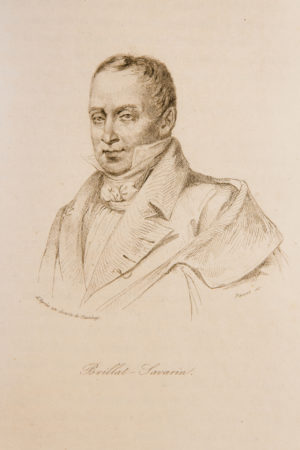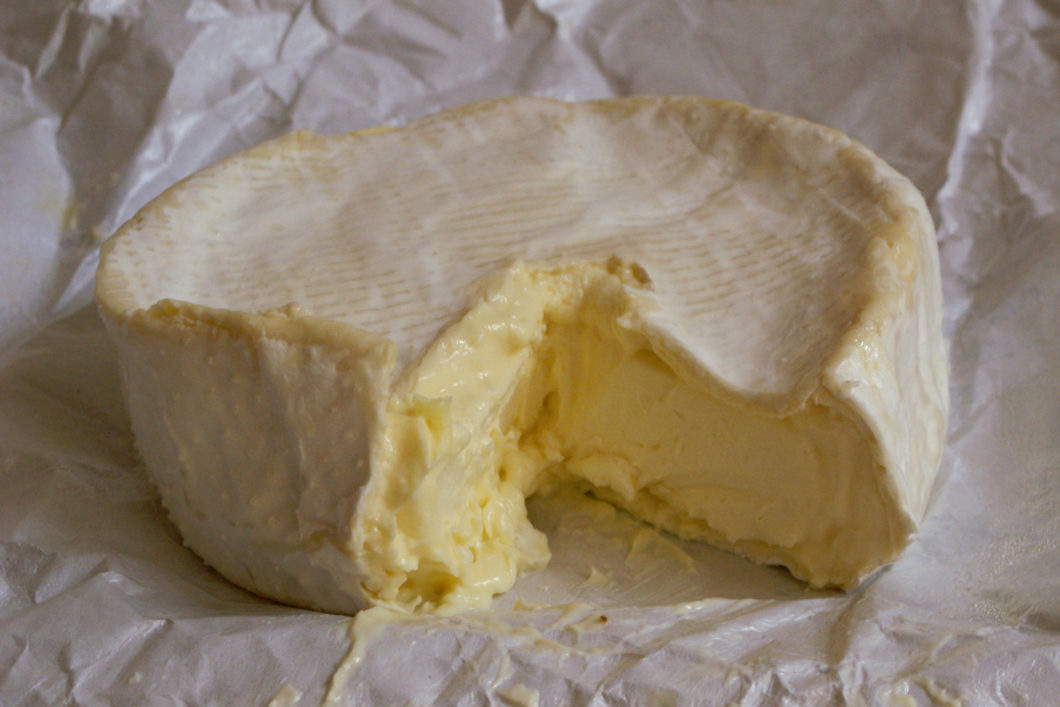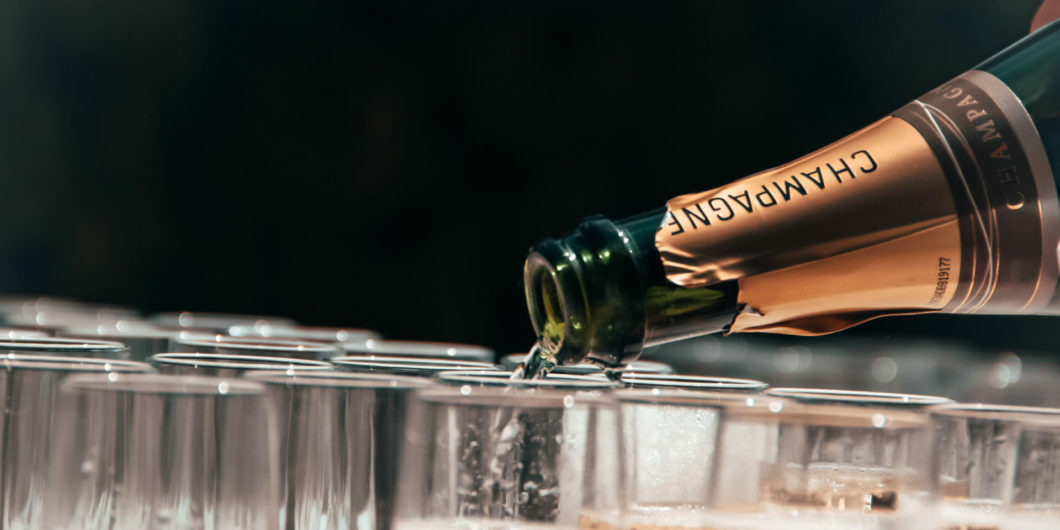Columns • Unlike many other kinds of cheese, Brillat-Savarin is not named after a geographical location but a historical person. This is the story of Jean Anthelme Brillat-Savarin and his love for sugar.
The period around the end of the 18th century was a revolutionary time. Especially in France where Jean Anthelme Brillat – Savarin lived and worked. As a lawyer and statesman, he was respected, but it is like a gastronome he is best known for. And as a cheese.
Lawyer and statesman with a taste for the good in life

Jean Anthelme Brillat-Savarin was born in 1755 in the French city of Belley, near the Swiss border. He came from a bourgeois family where many had high offices. The young Jean Anthelme would stay in this tradition. He graduated as a lawyer and was eventually elected to the National Assembly at the same time as the outbreak of the French Revolution. But it was troubling times. Brillat-Savarin was accused of federalism and had to flee the country. But after a few years abroad, it was possible for him to return.
Brillat–Savarin had more than one string to his bow. In addition to law, he was well-versed in chemistry and physics, spoke several languages and played the piano. But the reason why he later had to lends his name to a cheese can be found in his culinary interest.
The Physiology of Taste
The Physiology of Taste is Brillat–Savarin’s most famous work and a classic in the food literature genre. The fact that it has received such acknowledgement is quite impressive considering that food was a hobby for Brillat-Savarin and not something that belonged to his profession.
In the book, he describes both food and people and different types of ingredients. Sugar is also described from different perspectives.
Brillat-Savarin writes that sugar ‘made its entry into the world through the pharmacist’s experimentation’. The fact that sugar was something that pharmacists were developing didn’t calm the public. People became sceptical of sugar and various theories quickly became truths. Some claimed that it ‘affected the chest’, or gave rise to stroke or the somewhat diffuse ‘incitement’.
Sugar – a love affair
It is very close at hand to draw parallels to today’s food industry with all the substances, additives and chemical concepts that create mistrust of everyday consumers.
Today, it is difficult for us to see the production of sugar as high-tech cutting-edge research by learned men, without any public insight. But this was the case according to Brillat–Savarin.
Soon, scepticism turned to love and sugar quickly found different areas of application. Many of them still exists (for example, in pastries and coffee). And some are more rare to us today (eg sugar as a medicine).
People were blissfully unaware of the fact that sugar somehow was unhealthy. What worried people was the high price. Brillat–Savarin concludes a chapter by quoting a writer in Versailles by the name of Delacroix: ‘Alas, if the sugar once wanted to drop to thirty sous, then I would never drink anything but sugar water’.
Brillat–Savarin continues: ‘His prayer was heard, he is still alive, and I hope he keeps his promise’.
The Brillat–Savarin cheese

But how did the Brillat-Savarin cheese get its name? It wasn’t until the 1930s. Cheesemaker Henri Androuet wanted to honour the great gastronomist and statesman Brillat-Savarin and therefore name a cheese after him. And so he did.
Brillat–Savarin is a so-called ‘triple cream’. It must have a fat content of at least 75 per cent and in order to succeed, you enrich the milk with cream in the production. The end product becomes a silky, mild and fatty cream cheese.
Select the correct supplements
A slice of Brillat–Savarin could be enjoyed with sparkling wine or a light lager. But to be honest, champagne is the choice of the true epicurean. That is what the famous Swedish food connoisseur Carl-Jan Granqvist thinks, and Brillat-Savarin himself would probably agree on that.
And as a finishing touch, we favourably choose a stevia-sweetened marmalade. Sugar in all its glory but why not combine tradition with innovation? After all, sugar was once upon a time the essence of high-tech modernity.
Please, share this article if you liked it.
[et_social_share]






